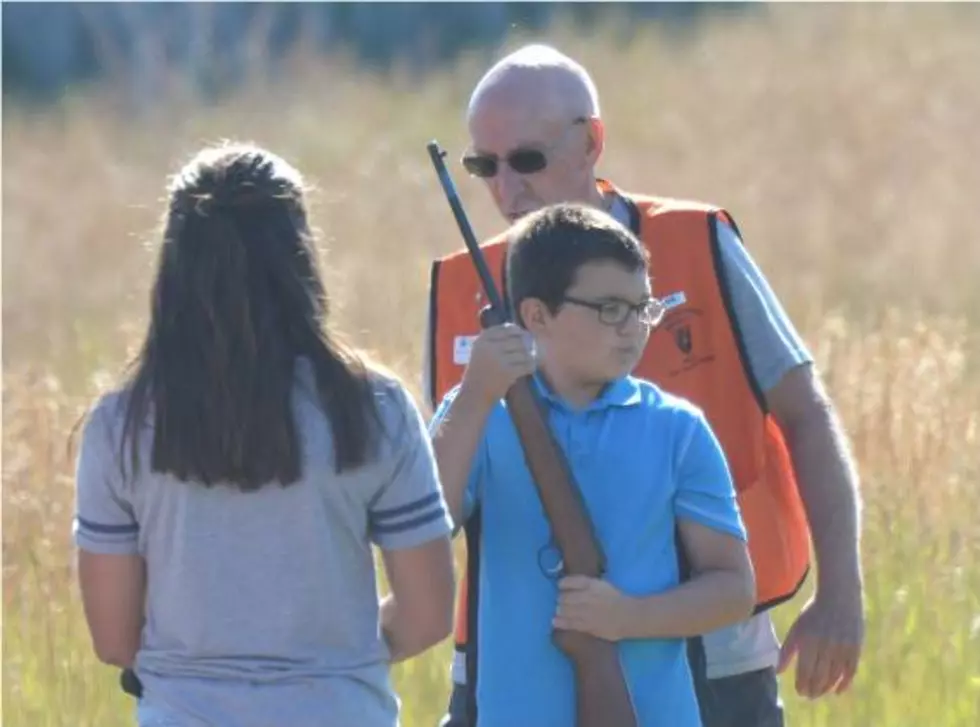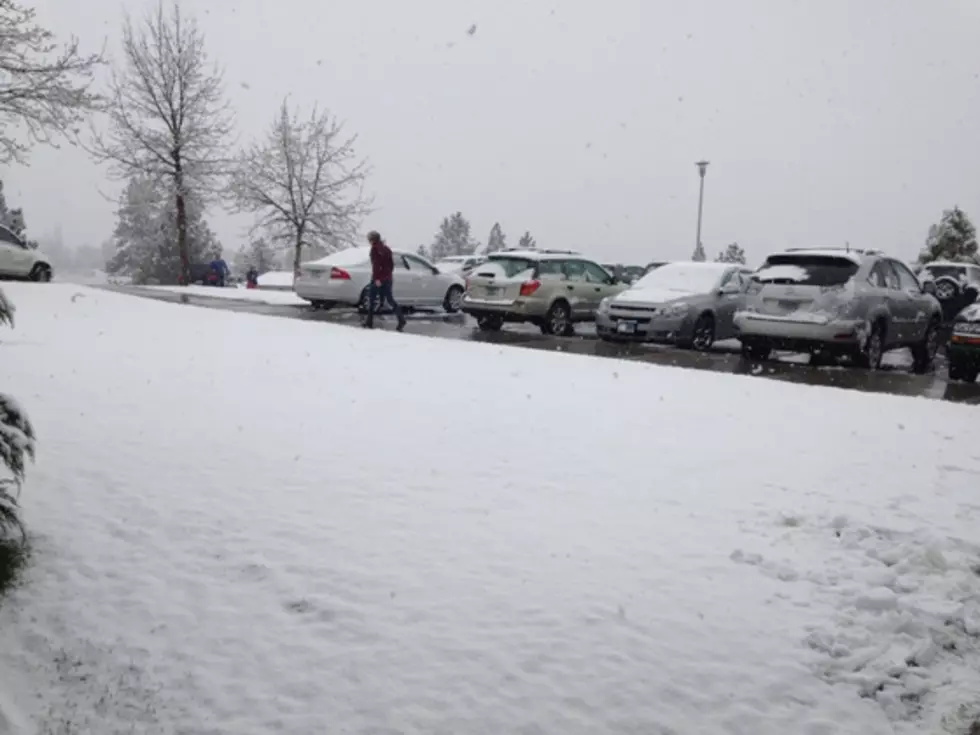
Missoula to Receive ‘A Classic Arctic Intrusion’ Starting Sunday
Batten down the hatches, because something called ‘a classic arctic intrusion’ is headed for Missoula, and it is due to arrive on Sunday with very cold temperatures, snow and gusty winds.
KGVO News spoke with Meteorologist Luke Robinson with the National Weather Service office in Missoula about the incoming system.
“We're tracking a fairly large low pressure system that's going to move into the Northern Rockies from British Columbia sometime during the day on Sunday,” said Robinson “This low pressure system will have a fair amount of moisture with it, so it's going to bring widespread moderate snowfall to all elevations of western Montana and the snow could be heavy at times.”
Robinson said icy temperatures from Canada will accompany the system and drive temperatures down below zero in some places.
“As this low pressure system moves to the southeast it is really going to pull in some arctic air from Alberta,” he said. “So we're likely looking at one of our classic Arctic intrusions that we get during the winter season. We're still in February and February typically is one of the cold and snowy months of the year for us, and once the arctic air gets in early next we could be looking at below zero temperatures for many locations and high temperatures not getting out of the teens.”
Robinson said the fast moving system will rapidly lower temperatures throughout western Montana.
“Right now this Arctic intrusion looks fairly strong so it's going to push all the way through Western Montana,” he said. “We're looking at all the valley locations by early next week seeing low temperatures nearing the zero degree mark if not below. The system is going to move out pretty quickly but the cold temperatures will likely stick around for a few days next week. We may see the temperatures moderating by next Thursday.”
Missoulians have been spoiled with mild weather and sunshine, but Robinson said that Old Man Winter isn’t done with Missoula quite yet.
“We haven't seen a system like this in several weeks,” he said. “Everyone's gotten used to this relatively mild weather and this is going to be a very big change, so if you're going to be traveling on area highways, once the arctic air gets here, we're going to see a lot of blowing and drifting snow, icy conditions and if it's also going to impact pets and livestock as well, so this could be a big hit on them.”
Robinson said prophetically, ‘It’s probably not a good time to take off those studded winter snow tires quite yet.’
TIPS: Here's how you can prepare for power outages
LOOK: The most expensive weather and climate disasters in recent decades
KEEP READING: Get answers to 51 of the most frequently asked weather questions...
More From 96.3 The Blaze









